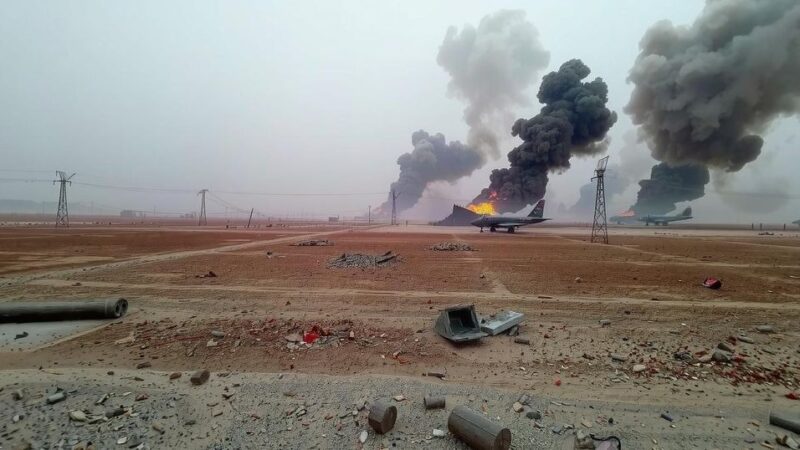The agreement to integrate U.S.-backed Kurdish forces into Syria’s national army aims to foster unity and respect for Kurdish rights. However, the interim constitution’s shortcomings and ongoing violence raise questions about effective implementation. Analysts indicate that while the deal is symbolic, significant challenges remain regarding Kurdish autonomy and trust between communities.
The recent agreement to incorporate the U.S.-backed Kurdish forces into Syria’s national army and institutions aims to promote unity and respect for the historically marginalized Kurdish population. This deal significantly supports interim president Ahmad al-Sharaa, post-crackdowns from Assad’s regime, which resulted in devastating casualties among civilians, particularly Alawites.
Despite the optimistic outlook, the deal dubbed ‘principles’ reveals underlying tensions, especially regarding minority rights inadequately addressed in Syria’s interim constitution. The constitution maintains Arabic as the sole official language and does not specifically mention the Kurdish minority, who comprise about 10% of the population, causing disappointment among Kurdish communities.
Signed on March 10, the agreement indicates that the Syrian Democratic Forces (SDF) will integrate into the new Syrian state and all civil and military institutions by year-end, interpreted by many as a significant move towards national cohesion. However, the constitution’s vagueness prompts skepticism regarding the actual effectiveness of this process.
Ibrahim Hamidi, a prominent Syrian journalist, highlights the necessity of this agreement for both parties amidst ongoing tensions. The integration is intended to occur over nine months, but it remains unclear whether it will effectively reconcile the historical divide between Arabs and Kurds.
Additionally, the shifting power dynamics pose further complications. Although the SDF previously outnumbered Assad’s forces, recent recruitment efforts have strengthened the government’s military capacity, potentially complicating the integration process. The Trump administration’s stance on the SDF funding amid possible withdrawal plans further intensifies uncertainty regarding U.S. support for Kurdish forces.
Moreover, the Turkish government views the SDF as linked to the PKK, a group designated as terrorist by Ankara, adding further layers of complexity to the agreement. Kurdish individuals express varied sentiments regarding their relationship with the SDF and the pursuit of autonomy, reflecting the diverse perspectives within the Kurdish community in Syria.
The agreement ultimately aims for the disarmament of the SDF while ensuring the Kurdish voice remains represented in Syria’s future. However, experts caution that full integration may present significant challenges due to lingering violence and distrust from both sides, especially given the history of animosity towards Kurdish forces.
In summary, the integration of Kurdish forces into Syria’s national framework seeks to address ethnic divisions and promote unity, yet faces serious obstacles, including inadequate constitutional protections for minority rights and shifting power dynamics influenced by regional politics. While the agreement represents a significant step forward, the actualization of these principles remains uncertain, dependent upon political developments and historical mistrust. The Kurdish community’s varied perspectives further complicate the prospects for a cohesive national identity moving forward.
Original Source: www.csmonitor.com






